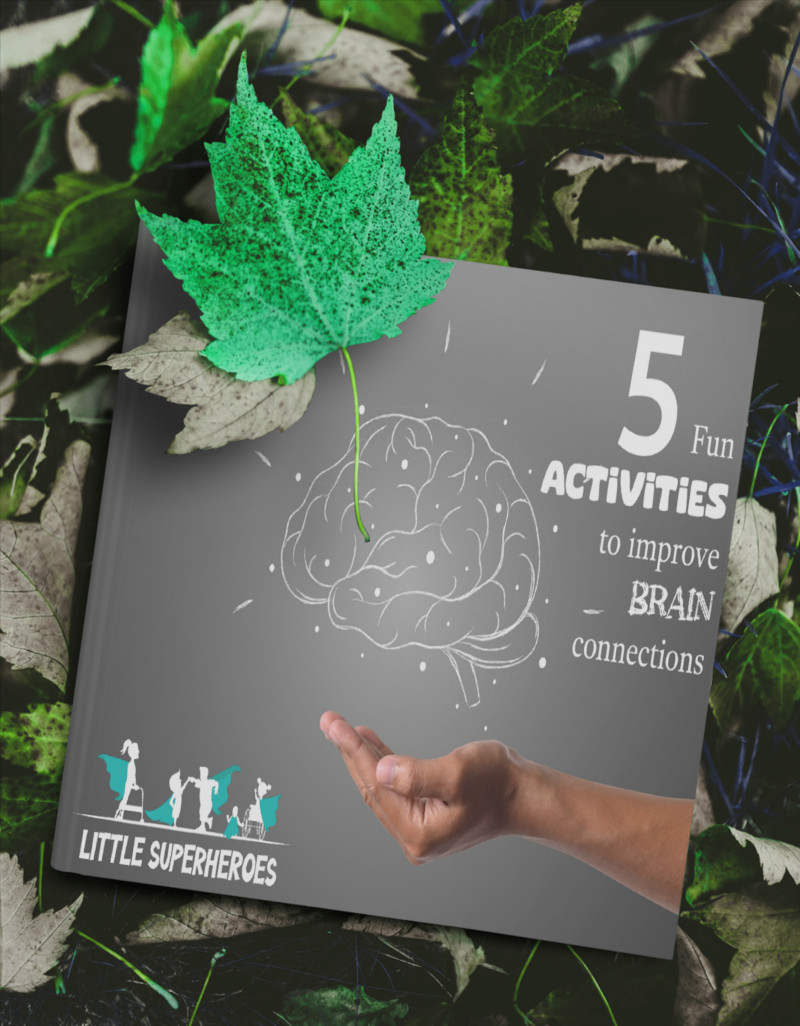As someone deeply committed to supporting neurodivergent children and their families, I witness daily how the current education system falls short of meeting the needs of these extraordinary kids. The rigid structure, inadequate resources, and outdated teaching methods often leave neurodivergent children feeling frustrated, misunderstood, and unsupported.
In a recent episode of my podcast, Navigating Neurodivergence and Special Needs with Little Superheroes, I had the privilege of speaking with Breanna May, founder of The Mind School. Bree is a former educator turned advocate, dedicated to transforming education to better serve all children, particularly those who think and learn differently.
Our conversation delved into why the traditional classroom setup is failing neurodivergent kids, the systemic issues at play, and actionable steps parents can take to advocate for their child. This blog highlights those insights and offers practical tips to navigate this broken system.
The Reality in Today’s Classrooms
If you’ve ever felt your neurodivergent child is being left behind in the classroom, you’re not alone. Bree described the stark realities teachers face daily: overcrowded classrooms with more than 30 children, limited access to education assistants (EAs), and overwhelmed teachers juggling impossible workloads.
She shared a particularly heartbreaking experience: teaching a class of 33 students, six of whom had high-level special needs. “I was expected to meet the individual needs of every child, but I didn’t have the training, resources, or time,” Bree explained. “I left that class feeling like I had failed all of them, even though I knew the system was the real problem.”
This pressure isn’t just felt by teachers. Neurodivergent children, who need tailored support and adaptable learning environments, are often left struggling to fit into a system designed for standardised outcomes and rigid schedules.
Where the System Falls Short
Through my work at Little Superheroes, I often hear parents voice the same frustrations Bree experienced as an educator. Together, we identified several critical gaps in the current education system:
- Overcrowded Classrooms: With over 30 students in a single classroom, it’s nearly impossible for teachers to provide the individual attention neurodivergent children need.
- Insufficient Teacher Training: Bree recalled her university training, which included only a single unit on ADHD. Most teachers are simply not equipped with the knowledge or tools to support neurodivergent students effectively.
- Rigid Structures: The traditional model of “sit still and listen” combined with standardised testing doesn’t work for children who process and learn differently.
- Burnout Among Educators: Teachers are overworked, leading to high turnover rates. Many schools struggle to retain experienced educators, which impacts the quality of education.
How We Can Create Change
Both Bree and I firmly believe that systemic change is essential to create an inclusive education system that supports all children. Here are some of the key reforms we discussed:
1. Smaller Class Sizes
Reducing class sizes to 15 or fewer students would allow teachers to provide more individualised support and attention to every child.
2. Specialised Support Staff
Every classroom should have an EA trained in neurodivergence to provide the necessary support for children with diverse needs.
3. Overhauled Curriculums
We need to move away from overcrowded curriculums and standardised tests. Instead, schools should focus on teaching emotional intelligence, play-based learning, and practical life skills that prepare children for real-world success.
4. Comprehensive Teacher Training
Teachers must receive ongoing professional development focused on understanding and supporting neurodivergent children.
What Parents Can Do
If the system isn’t meeting your child’s needs, it’s crucial to advocate on their behalf. Bree emphasised the importance of parents understanding that they have the most significant influence on their child’s success.
Empower Yourself and Your Child
Learn what strategies work best for your child. What calms them? How do they learn best? Share this information with their teacher. For example, you might say, “I’ve noticed my child responds well to soft background music during reading time,” or, “They thrive with visual schedules.”
Ask the Right Questions
When choosing a school, ask about class sizes, the availability of EAs, and how they support neurodivergent children. Knowing what resources are available helps you make informed decisions.
Keep the Lines of Communication Open
Work collaboratively with teachers and school staff. By maintaining respectful and open communication, you’re more likely to find solutions that work for everyone involved.
Advocate with Facts, Not Emotion
Advocating for your child can be deeply emotional, but Bree highlighted the importance of presenting facts. Focus on clear, evidence-based information about your child’s needs and avoid letting frustration take over the conversation.
Final Thoughts
The current education system is undeniably outdated and ill-equipped to support the growing number of neurodivergent children in classrooms. However, change starts with parents, educators, and advocates working together to demand better for our children.
As Bree so powerfully said during our conversation: “This system is broken, but parents who empower themselves, who advocate with love and knowledge, are the ones making the biggest impact.”
At Little Superheroes, we’re committed to providing parents with the tools and resources they need to support their neurodivergent children. If you’re feeling lost or unsure of how to navigate the education system, reach out to us. Together, we can create an environment where every child feels seen, supported, and celebrated.
















